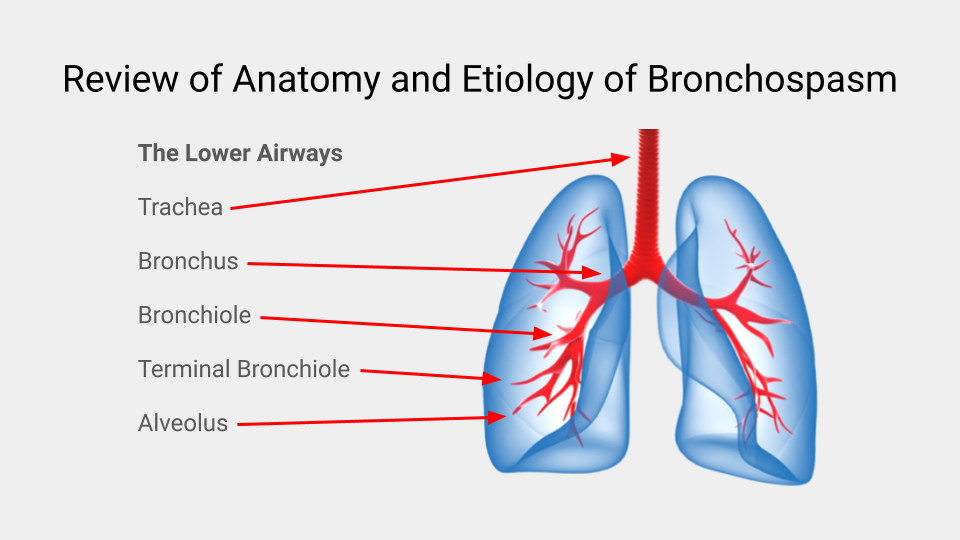
Asthma is a disease of bronchial tubes (breathing tubes) in which the lungs go into spasm, but there is also inflammation in the bronchial tubes as a critical part of the disease process. Symptoms include wheezing, cough, chest tightness, and shortness of breath. Approximately 20 million Americans suffer from asthma, and it can be caused by many different factors, as shown above.

The diagram shows that there are many factors that can cause asthma. About 75% of children and 50% of adults with asthma have allergic asthma. In these patients, allergies to pollens, dust mites, molds, and animals, including pets such as cats and dogs, can be particularly critical in bringing on asthma attacks.
Patients with asthma should know that it can be a chronic disease. If asthma is not easily controlled with occasional puffs of an albuterol inhaler (Proair, Ventolin, etc.) should be considered for evaluation by an allergist. A careful evaluation with history, physical exam, pulmonary function testing, skin tests and other laboratory tests are often very helpful in finding out what is causing asthma.
Avoidance, in some instances, such as removal of pets and house dust control, sometimes make a huge difference in alleviating symptoms.
Specialized medications, including Leukotrienes such as Singulair®, Long Acting Beta agonists (LABAs), and inhaled steroids (ICSs) or combinations of LABA+ICS (Advair®, Symbicort®, Duera® Breo® and others), as well as allergy shots can help get asthma under control. This article cannot cover all possible asthma treatments, see your allergist. With good control there is a better chance that children will “outgrow” their asthma, and the severity of asthma in adults can be lessened. My aim is to try to “cure” asthma, although this is not possible for everyone with asthma. For severe asthma, there are now new biological genetically engineered treatments such as Xolair® or Nucala® have been remarkably helpful in selected severe allergic asthmatics.